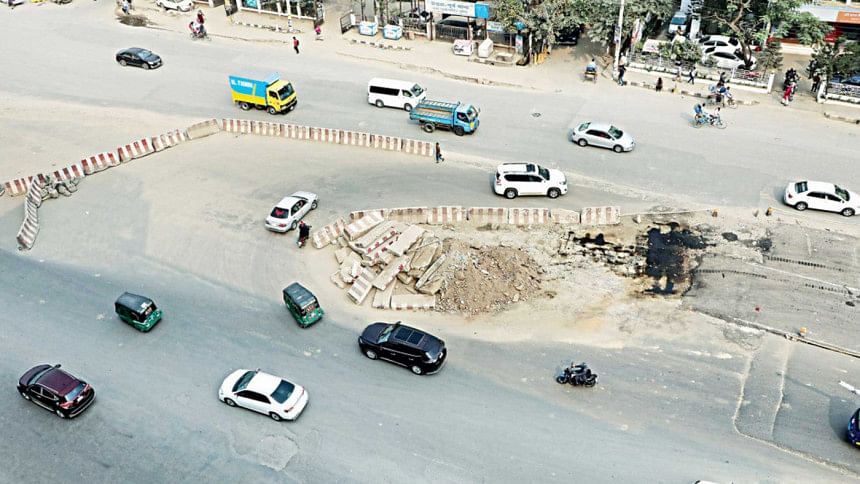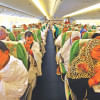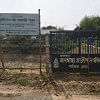Why does development equal wastage of public money?

Recently, Dhaka North Mayor Atiqul Islam made some comments with regard to traffic management in the city, some of which are not without inherent logic. For instance, he questioned the efficacy of the existing traffic management system where, although the roads belong to the city corporations, they are being managed by traffic police belonging to another government agency. He suggested that since the roads fall under the purview of the city corporations, they should have a say on how Dhaka's traffic is managed. This particular argument appears to be sound and points to the problem of a lack of coordination between various government agencies and authorities that plague not only our traffic management mechanism, but the overall governance and development of the city.
Take, for instance, the two U-loops that were built on the Airport Road in 2019 at a cost of Tk 3 crore, only to be demolished two years later to facilitate the construction of the Bus Rapid Transit (BRT) project. Apparently, the Dhaka North City Corporation (DNCC) knew that the U-loops would be an impediment for the BRT work, they were still constructed, narrowing down footpaths and demolishing service roads.
The two U-loops were built as a part of a Tk 24.83-crore project to build 11 U-loops across Dhaka, aiming to ease traffic congestion. Later, the project cost was revised to Tk 31.81 crore. The project director, DNCC's Khandoker Mahbub Alam, admitted that they had known the structures would have to be demolished to accommodate the BRT project, which was undertaken in 2012. He also suggested that new U-loops would be built through the pillar gaps after the construction of the BRT and flyover were finished.
This raises some specific questions: Did the public get the value of Tk 3 crore in the last two years? At the end of the day, was the project worth it?
The case of the Elevated Expressway in Chattogram is even more alarming. The Chattogram Development Authority (CDA) undertook the project in 2017, encompassing a wide area from Lalkhan Bazar to Patenga, aiming to alleviate the city's traffic congestion.
However, as almost 60 percent of the construction work has been done, significant flaws in the project planning have surfaced that would worsen the traffic situation, rather than improve it. One of the major issues is the common meeting point of the Elevated Expressway, the Bangabandhu Tunnel, Outer Ring Road and the Airport Road, which, in the absence of U-loops, U-turns or service roads, would invariably result in traffic gridlocks.
Moreover, the expressway, spanning 16 kilometres and involving a construction financial footprint of Tk 3,000 crore, was planned without engaging other relevant authorities. In fact, it has been suggested that the traffic department was not even consulted during the feasibility study.
These logistical challenges came to light after the Chattogram Metropolitan Police (CMP) brought the issue up in September last year. Now, the CDA and the Bangladesh Bridge Authority are working on a new blueprint with a scope for incorporating U-loops and U-turns to address the faults in the initial design. Implementation of the new blueprint would add to the existing expense of the project, with the public having to bear it.
Another classic example of gross lack of coordination among various agencies involved in development work is the repeated road excavations in Dhaka and other cities across Bangladesh. Roads are dug up every now and then due to various reasons: "improving" sewage lines, water pipelines and gas pipelines, laying internet and electric cables, etc. In Dhaka, the two city corporations, Wasa, Rajuk, Desco and the BTCL are mainly involved in these excavation activities. While the work may be taken up with good intentions, they result in aggravating further public sufferings, especially since they are carried out without any coordination among these agencies. A local English daily reported in 2020 how the same roads in Dhaka's Monipuripara had been excavated twice in five months—once by the DNCC and then by Dhaka Wasa, all due to the lack of coordination between the two agencies. Had the DNCC and Dhaka Wasa planned the various works in sync, and conducted their tasks in a structured way, the residents of the area wouldn't have to suffer so much, and public money would also be saved.
There are plenty of media reports on such wastage of public resources due to a sheer lack of shared strategic planning and coordination among various authorities responsible for city development. Experts have repeatedly urged the authorities to work in tandem to streamline the work and optimise logistics. But these calls seem to fall on deaf ears, perhaps because of a lack of accountability in the system. Our policymakers need to take a hard look at these issues and resolve them at the earliest. Accountability must be embedded in the system, and so should be coordination.
The authorities need to take greater ownership of their responsibilities. They must be made to realise their obligation to prioritise and ensure public well-being. They cannot just take arbitrary calls with complete disregard to the consequences of those calls that the common people and the national economy will face. After all, all these projects are undertaken for the welfare of the people.
Tasneem Tayeb is a columnist for The Daily Star. Her Twitter handle is @tasneem_tayeb

 For all latest news, follow The Daily Star's Google News channel.
For all latest news, follow The Daily Star's Google News channel. 








Comments